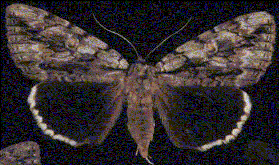
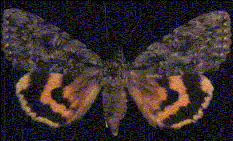
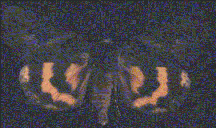
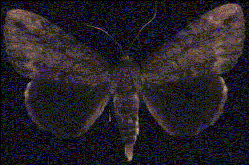
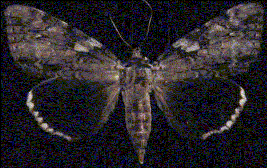
An initial study involved three groups of the genus Catocala. These moths have a variety of colored and melanic hindwings and varying degrees of cryptic forewings:





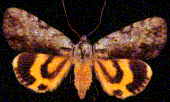
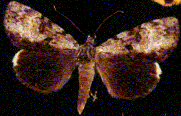
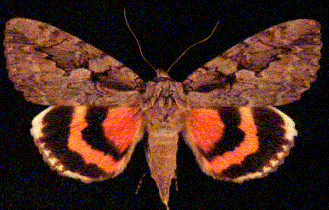
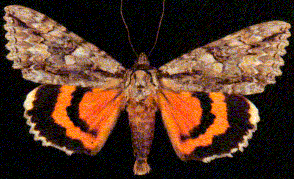
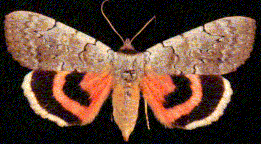
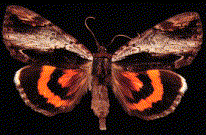
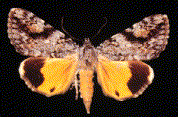
There is no superficial way to group these species and most of the 300-odd species from around the world that constitute this speciose genus, Catocala . The way in which experts in this group have assigned relationships is via diagnostic key features including spines on the adult legs. We have chosen to use the wandering of wingvein landmarks on the forewings of adults as a trait to observe and compare between species, with the hope that they will be seen to diverge from congruence with each other as two sibling species diverge from one another. Hopefully this random divergence from each other will continue with increasing time separation of two extant species. The basic questions we hope to answer in our research are: Do wing landmarks diverge in a measureable way from perfect congruence when species diverge? -and- Can we confirm that this divergence is a reliable measure of length of species separation?